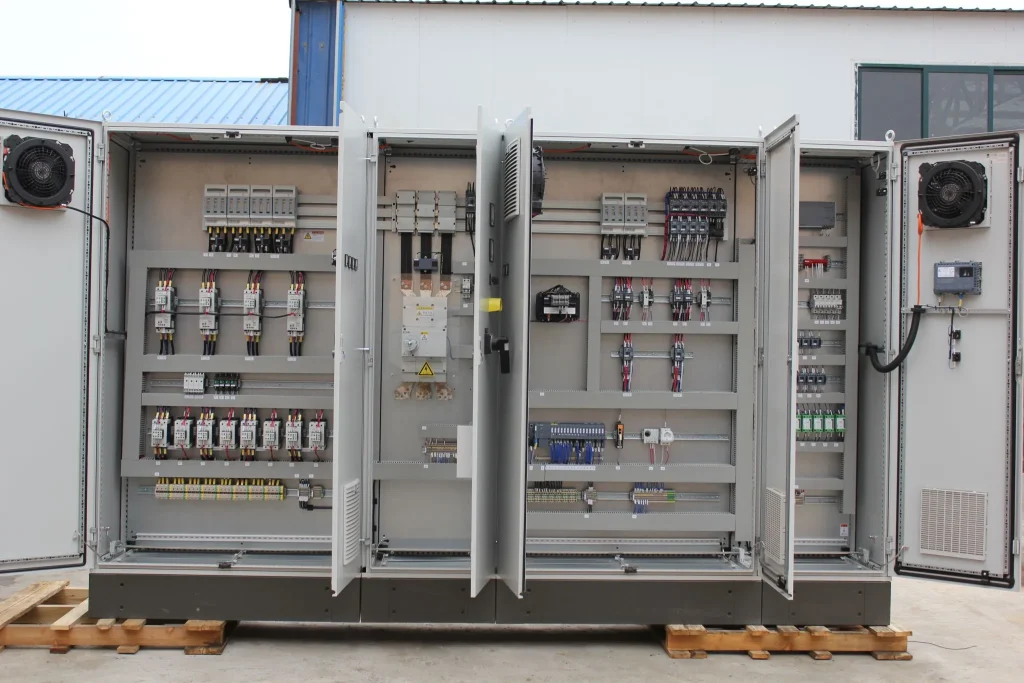I do not like surprises at site. I want the panel to pass the first time. I also want clean wiring and repeatable service. So I design for compliance from day one, not the week before shipment.
I treat certification as a build path, not a sticker. I fix scope early, choose the right standard, document while I build, and test with a script. That is how I pass and keep uptime high.

I will share the method I use on export projects. It is simple, practical, and field-tested. Use what fits your plant. Drop the rest.
I do not start with parts. I start with the market and the product type. If I guess here, I lose weeks later.
I choose the target standard, name the inspection path, and write both on page one of the RFQ and drawings. Then I freeze openings and ratings before I cut metal.
I also check if the “panel” is really a switchboard or metal-enclosed gear. If yes, I move to the correct product standard. For global OEMs, I often deliver dual packs (UL + CE) and add CSA for Canadian sites. The hardware stays similar; the labels and paperwork change.

| Question I ask | My decision rule |
|---|---|
| Where will it run? | US → UL; EU → CE/IEC; CA → CSA/cUL |
| Is it truly a panel? | If not, use UL 891/1558 or IEC switchgear |
| How will it be inspected? | Listed label, field eval, or CE self-declaration |
| What is the fault current? | Set SCCR (UL/CSA) or Icw/Icc (IEC) |
| Any cross-border reuse? | Plan dual documentation from day one |
A neat panel is not decoration. It is a maintenance plan. It also passes faster because it tells a clear story.
I standardize parts, torque, wire types, and label rules. I record torque values and use printed ferrules on both ends of every wire.
Small acts save hours at site. Inspectors notice.
I have made these mistakes. I do not plan to repeat them. You do not have to either.
I fix scope drift, missing SCCR, hot spots, wrong labels, and network chaos before they show at site.
| Failure mode | What it looks like at site | How I prevent it |
|---|---|---|
| Scope drift | “This is switchgear, not a panel.” | Name the product standard on day one |
| SCCR too low | AHJ rejects the install | Tested fuse/breaker pairs; raise SCCR early |
| Thermal hotspots | Drives trip in summer | Loss model, spacing, ducting, filtered airflow |
| Label mismatches | Drawings say one thing, nameplate another | Single source of truth; pre-ship label review |
| EMC noise | Random I/O faults | Shield plan, bonding, cable routing, filters |
| Network storms | Devices drop off | Managed switches, VLANs where needed, IP plan |
Tel: +86-186-6162-7561
Qiyang Road, Gumiao Industrial Park, Chengyang District, Qingdao City, Shandong Province